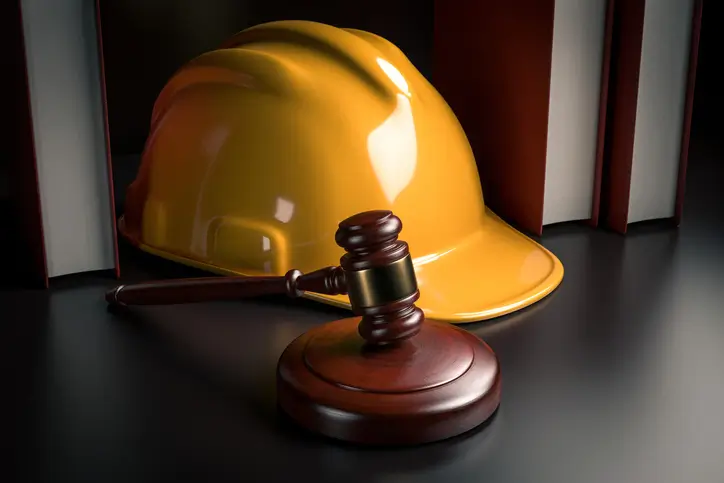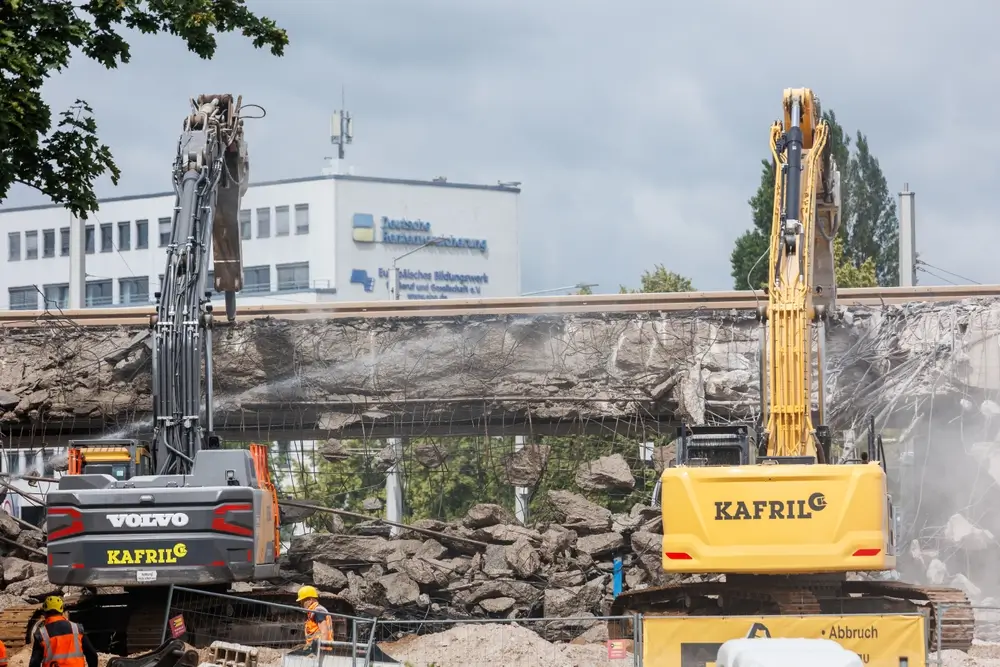Demolition Safety: All You Have to Know
- Published on:
- Published in: Blog
Demolition may appear exciting when one sees huge buildings collapse under the impact of heavy machinery but to construction workers, it is one of the most hazardous construction activities.
The U.S. The Bureau of Labor Statistics estimates that dozens of people die in demolition-related accidents every year and the fatality rate of demolition laborers is almost 10 per 100,000 workers, much higher than the national average. This is not only about the collapse of buildings, but also about invisible dangers, structural uncertainty, and hazardous materials. Even a routine job may become a catastrophe unless safety precautions are taken.
In this blog, we will guide you through the most important safety practices, rules, and planning strategies to help you avoid injuries, safeguard workers, and ensure the success of your demolition projects.
The Hidden Dangers: Hazards that are common in demolition work
The demolition sites are full of hazards most of which might not be seen until it is too late. These are among the most common and the most dangerous risks that workers are exposed to:
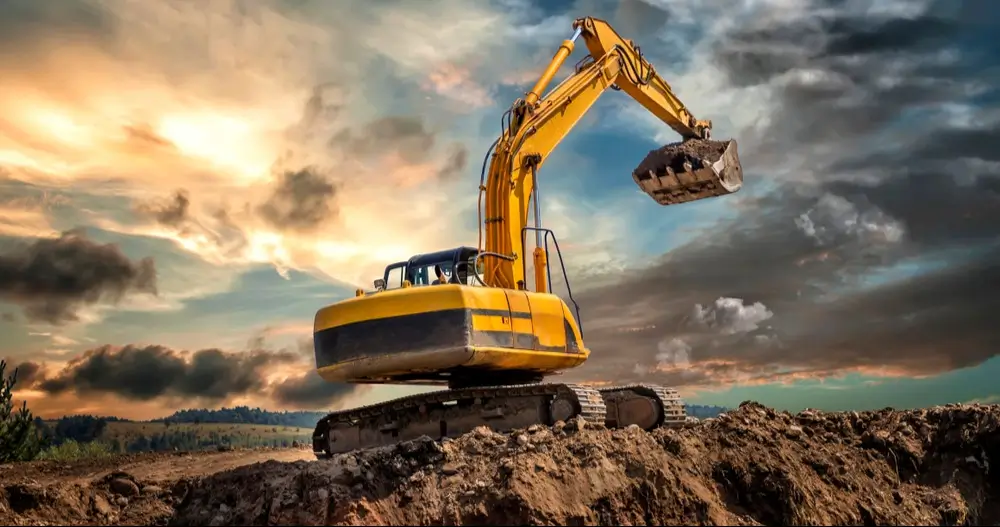
Following are the major hazards;
- Structural Collapse: It is one of the greatest threats. An unexpected collapse may take place when the elements bearing the load are taken down in an improper sequence.
- Flying Debris: Bricks, concrete, glass, and metal pieces may become high-velocity projectiles.
- Hazardous Materials: Asbestos, silica dust, or lead-based paint can be found in buildings, and they are harmful to health in the long term when they are in the air.
- Misuse of Equipment: Misuse of excavators, jackhammers, and cranes may cause life-threatening accidents.
- Noise, Dust, and Vibration: When these are exposed continuously, it may hurt hearing and lungs or cause fatigue injuries.
In September 2022, a demolition firm was penalized with 1.2 million dollars due to malpractices that led to the death of a worker at the Government Center parking garage. The case also depicts an inefficiency in structural protection in demolition.
Protection is Planning: Pre-Demolition Planning & Hazard Assessments
Safe demolition does not begin with a sledgehammer, but it begins with planning and professional evaluation. Each building acts differently when it is being demolished. This is the reason why site-specific assessments are necessary to avoid untimely failures.
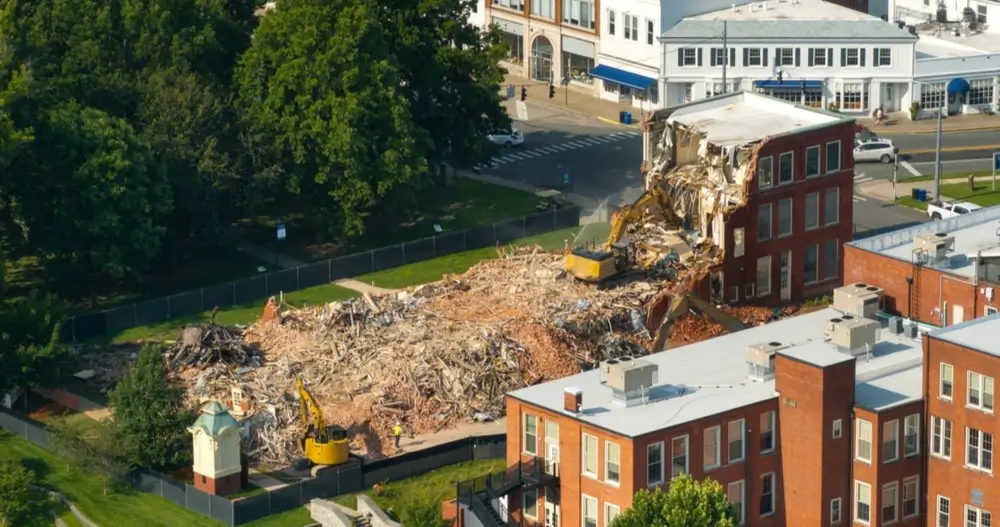
What Pre-Demolition Planning Needs:
- Structural Surveys: These are carried out by the engineers to know the load distribution and the structural integrity.
- Utility Shutoffs: All gas, electricity, water, and sewer lines should be disconnected to avoid fire or flood.
- Permit Requirements: Make sure that you have the all permit to carry out your demolition project issued by the local municipality or regulatory body.
- Hazard Identification: This includes making an inspection to identify asbestos, mold, flammable, or anything that needs special removal.
- Safety Plans: Come up with site-specific safety plans such as escape routes and communication channels.
- Site Security: Enclose the site, place signs, and use traffic control to ensure the safety of workers and pedestrians.
Pre-demolition assessments are not a choice but a legal and moral obligation. A single unnoticed hazard may result in a domino effect that may result in injuries or collapse.
OSHA Demolition Rules You Have to Adhere to
The U.S. demolition work is governed by Subpart T (29 CFR 1926.850-860) of OSHA, which requires contractors and employers to observe stringent safety requirements. There must be a Competent Person on-site, trained, experienced, and authorized to recognize hazards and implement safety practices. Daily checks should be made on the tools, machinery, and the place of work before every shift and the demolition should follow the sequence that OSHA has provided to prevent shortcuts and hurried work.
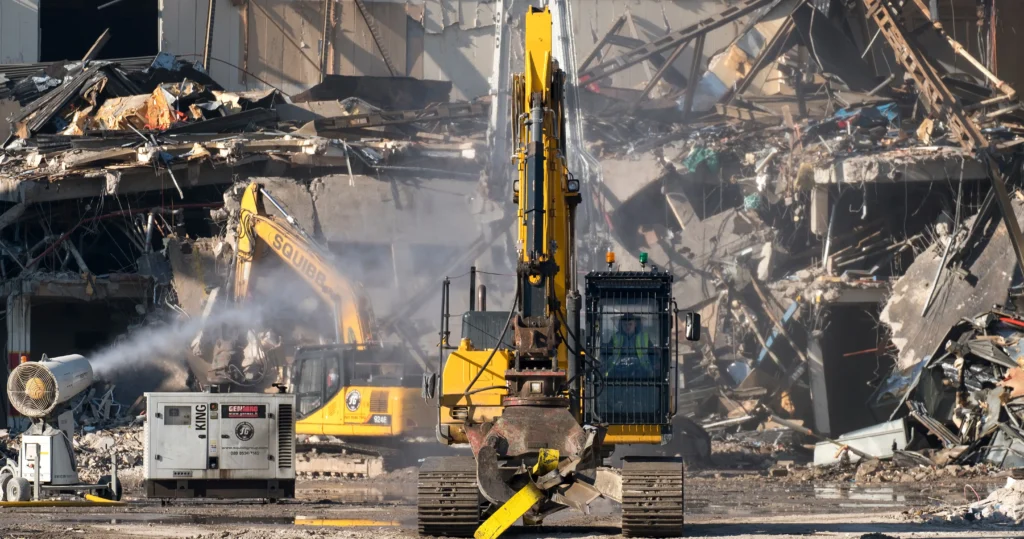
Failure to comply is not only life threatening but it has severe penalties. In 2023, OSHA imposed fines totaling 132.3 million on its top ten most frequently cited violations-reflecting a stepped-up enforcement activity of the agency
How to Remain Safe at the Demolition Site
The U.S. demolition work is governed by Subpart T (29 CFR 1926.850-860) of OSHA, which requires contractors and employers to observe stringent safety requirements. There must be a Competent Person on-site, trained, experienced, and authorized to recognize hazards and implement safety practices. Daily checks should be made on the tools, machinery, and the place of work before every shift and the demolition should follow the sequence that OSHA has provided to prevent shortcuts and hurried work.
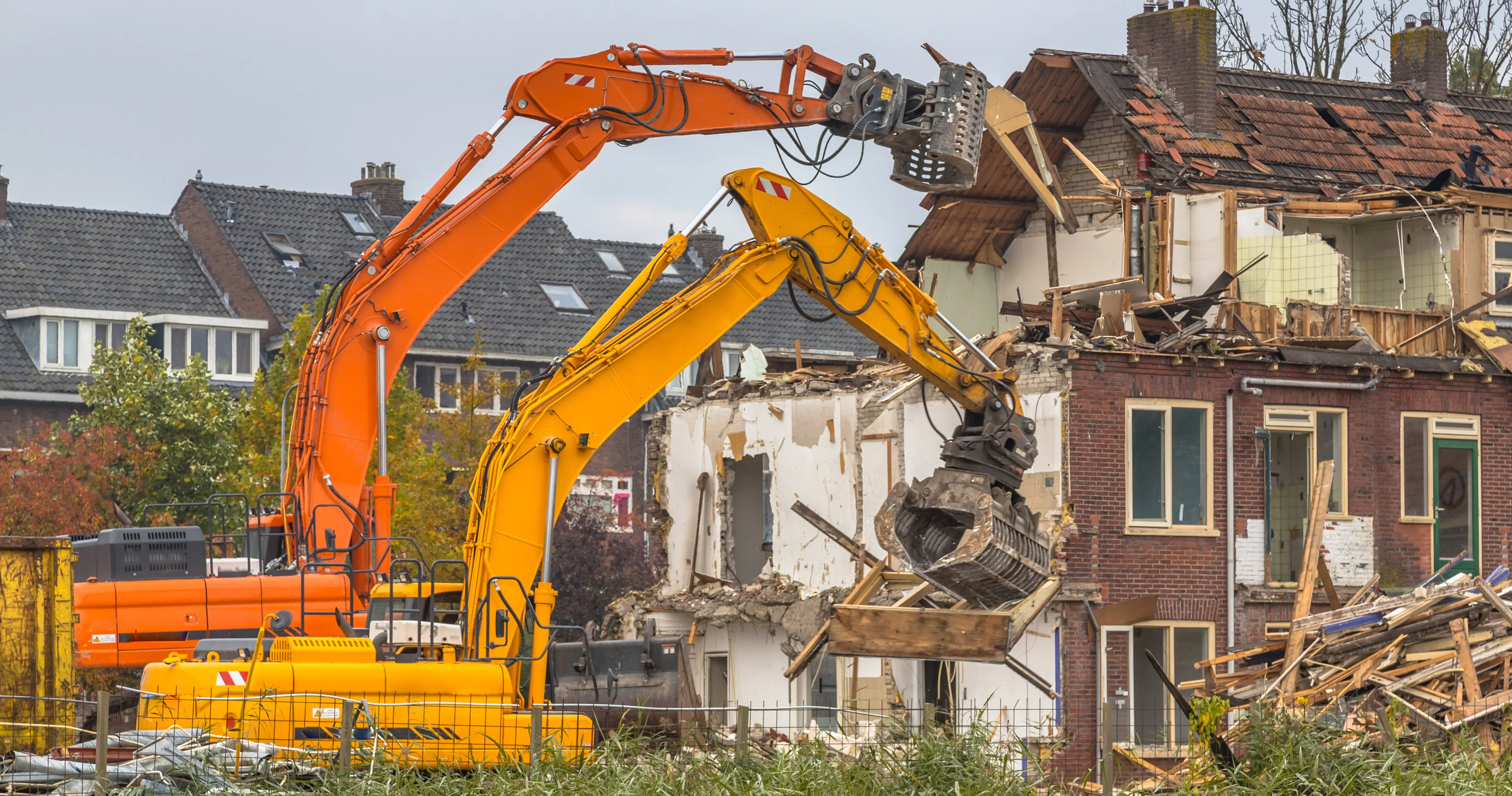
Following are the on-Site Best Safety Practices:
- Put on the Appropriate PPE: Hard hats, gloves, goggles, steel-toe boots, respirators, and hearing protection.
- Operation of Machine: Heavy machines such as cranes or bulldozers should be operated by certified people.
- Fall Protection: When working at height or near unstable edges, use safety harnesses, guardrails, or safety nets.
- Dust Control: Surfaces should be wet or vacuum systems used to minimize air particles.
- Debris Management: Clear the waste regularly to avoid tripaping.
- First Aid & Emergency Plans: Have readily available first aid kits and evacuation and emergency training for the workers.
Safety Constructed Before the Demolition of Anything
Demolition may appear to be the spectacle of the collapse of a building, but it is the start of a well-coordinated safety exercise. Behind every wall that goes down is a team that is ready, trained, and on guard. Demolition is a risky business- it is not breaking things but doing it right. The actual safety begins even before the first tool has been touched: scouting the structure, turning off utilities, and hazard identification.

By adhering to OSHA rules, maintaining daily routines, and promoting communication in a team, a hazardous task can become a painless, well-regulated procedure. Demolition is smart, not scary when it is done with the safety of the people involved as a priority.
Learn more about OSHA-Compliant Demolition Safety Training Programs and develop safety on a solid foundation.
Related Posts
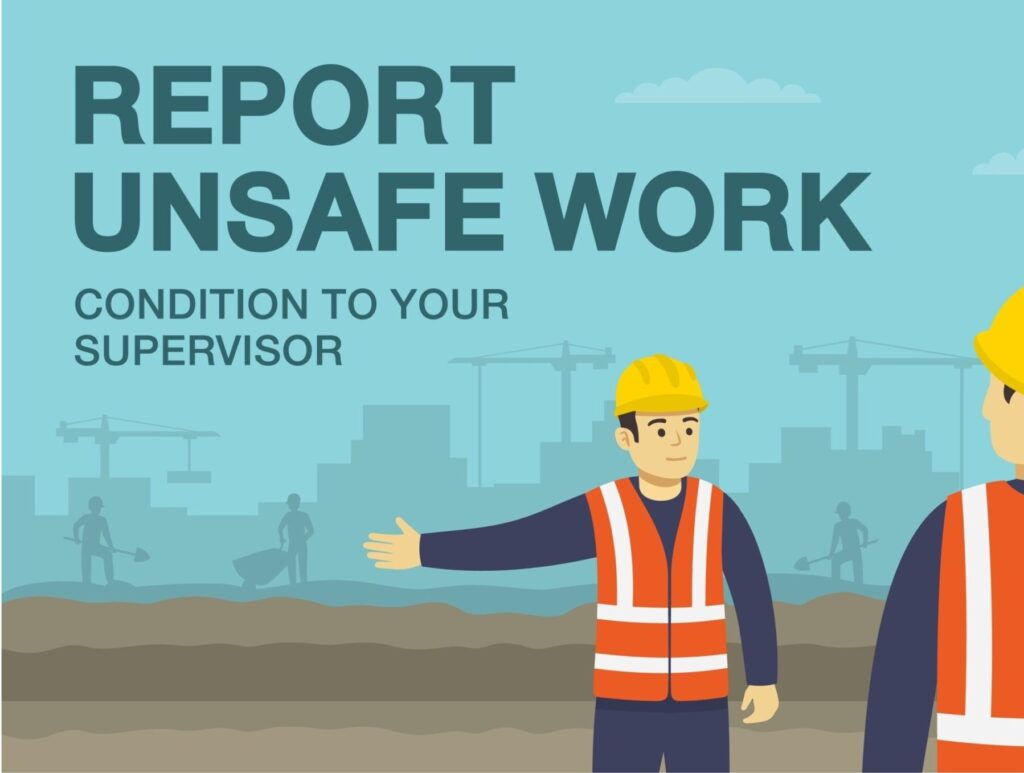
Where to Report Unsafe Working Conditions in New York
